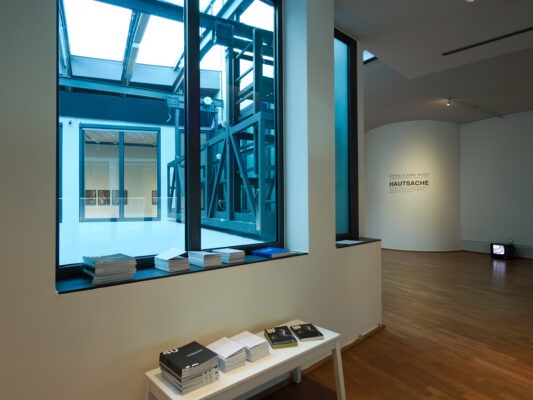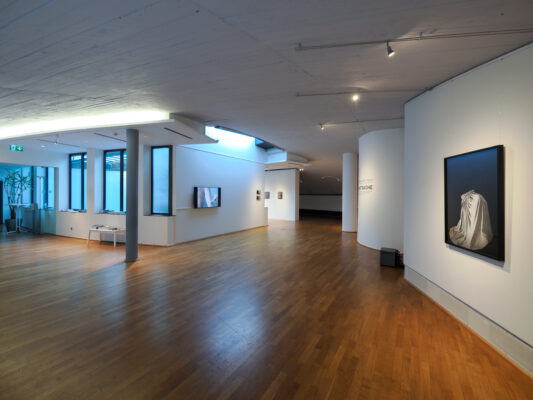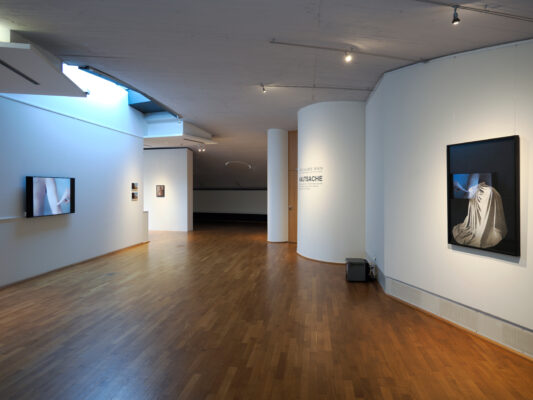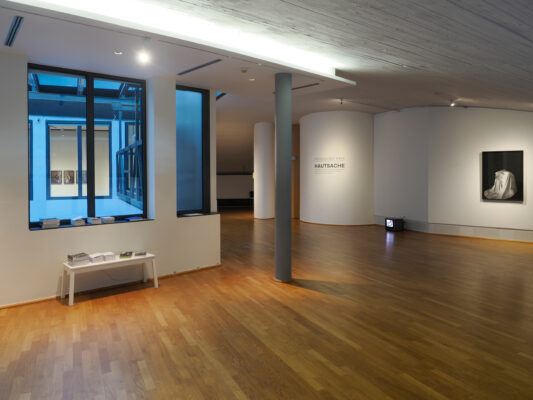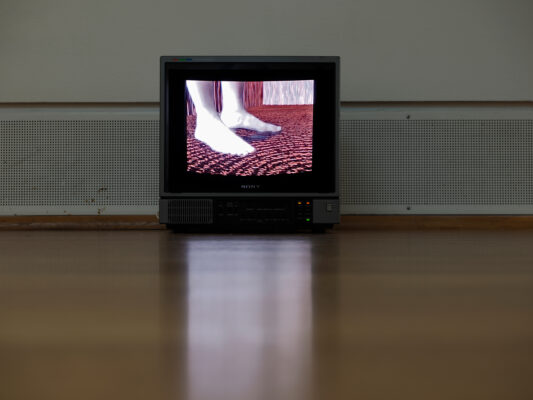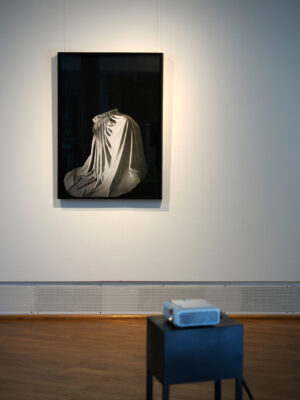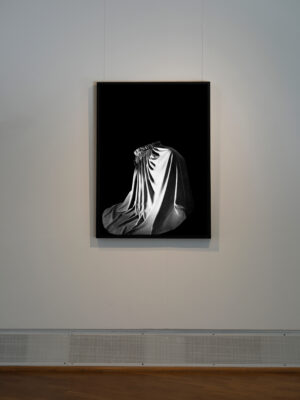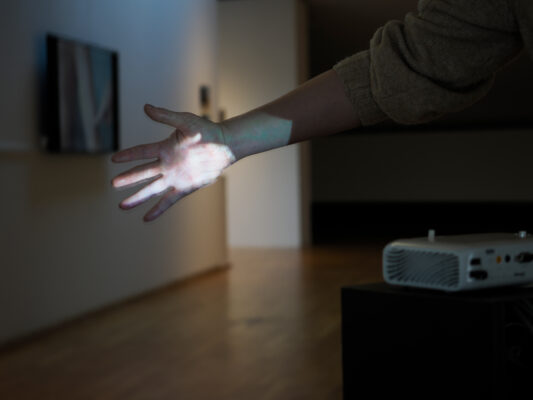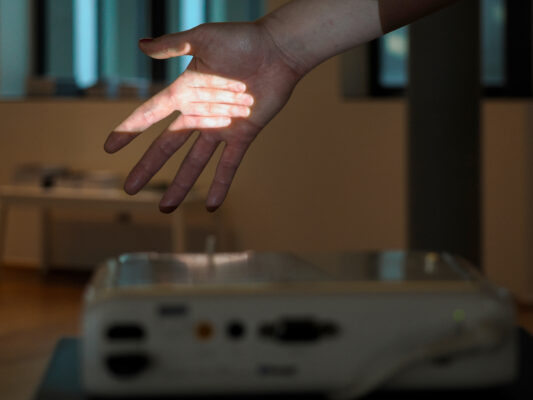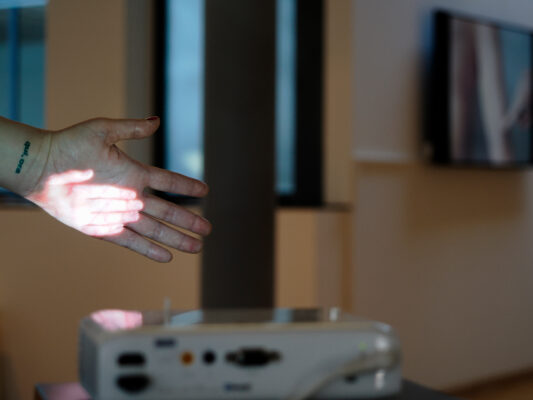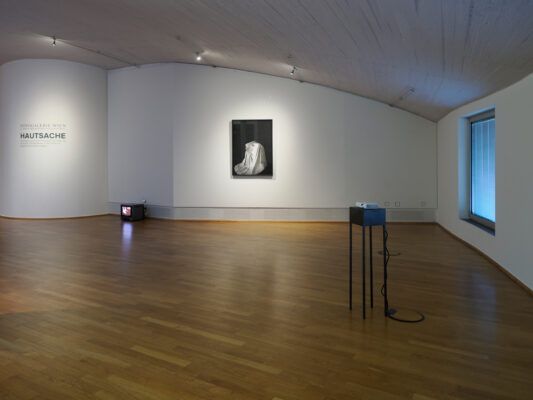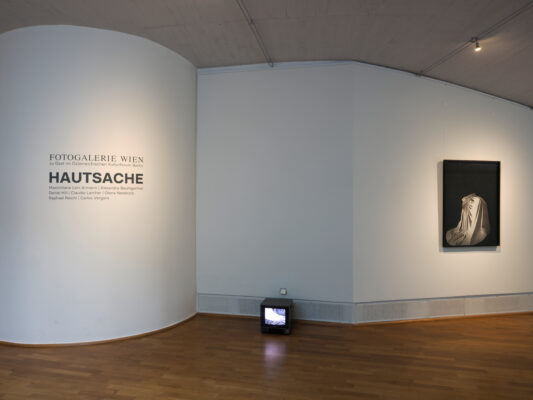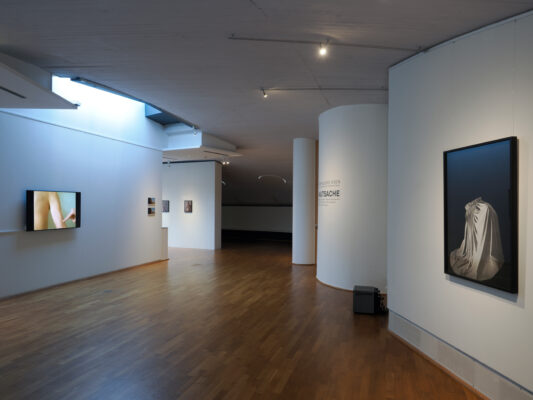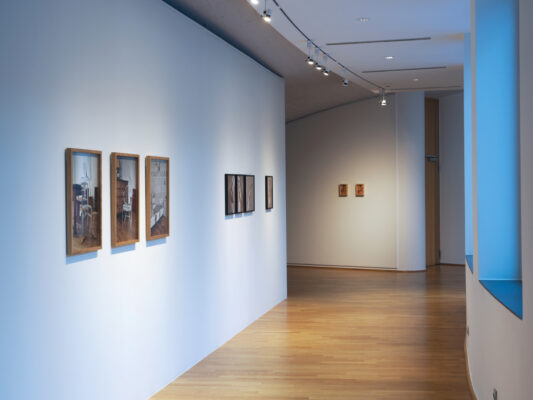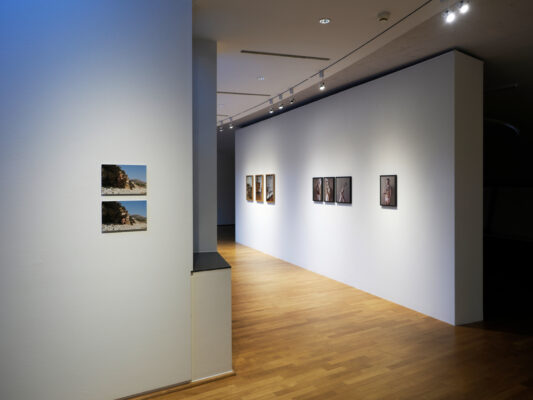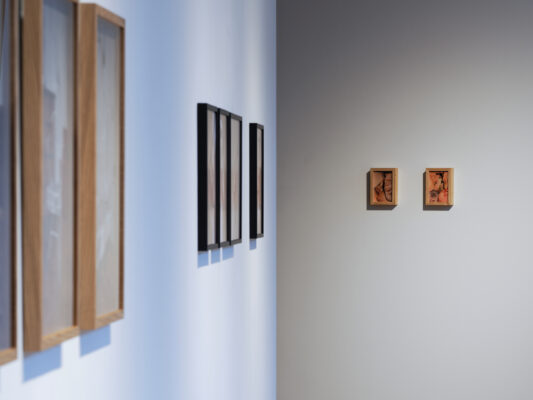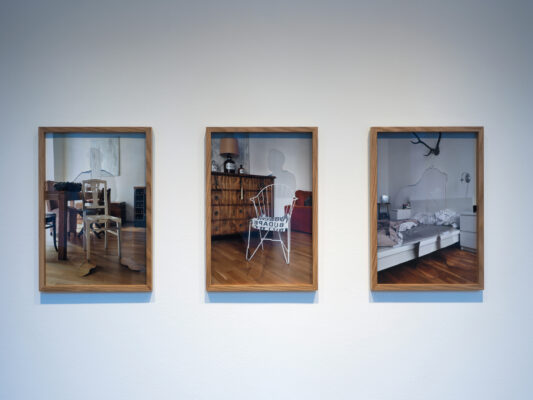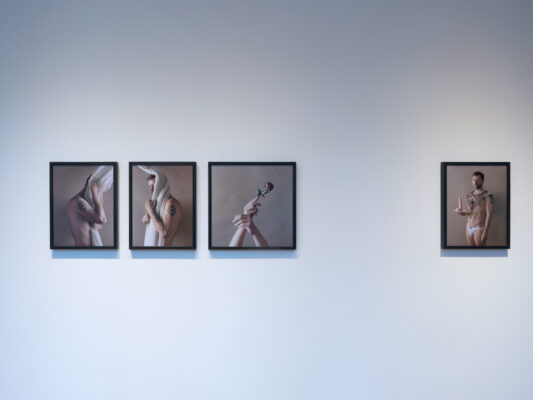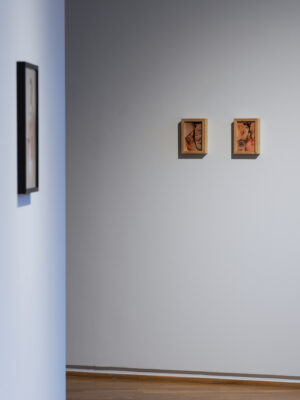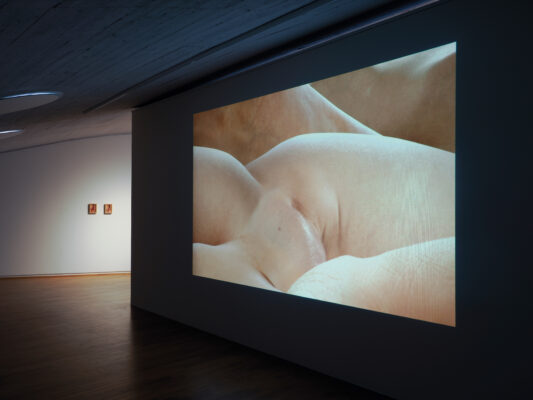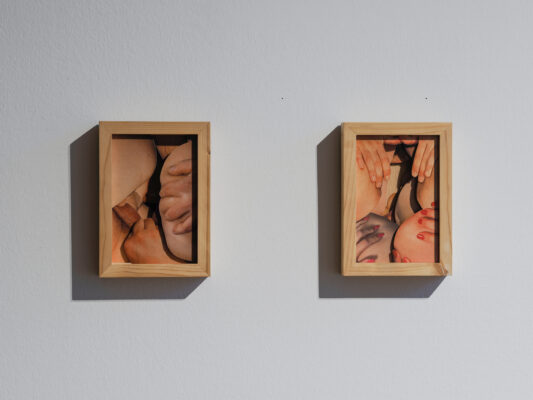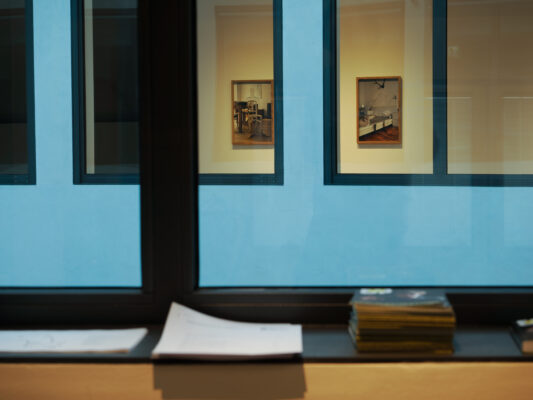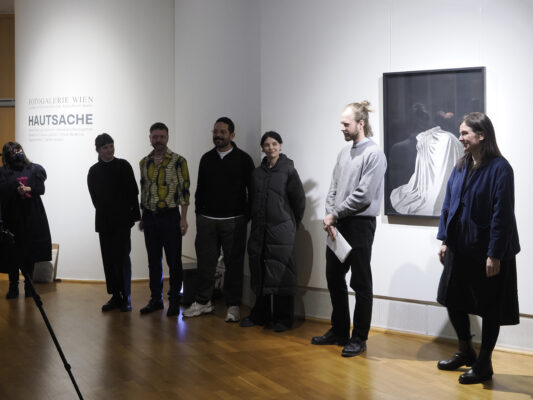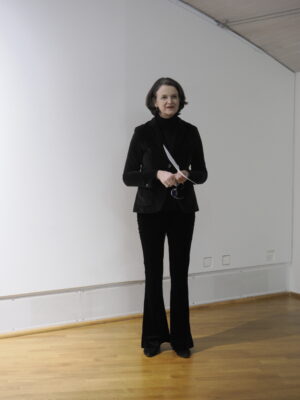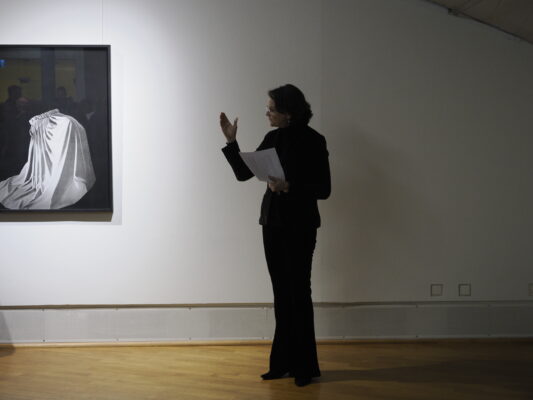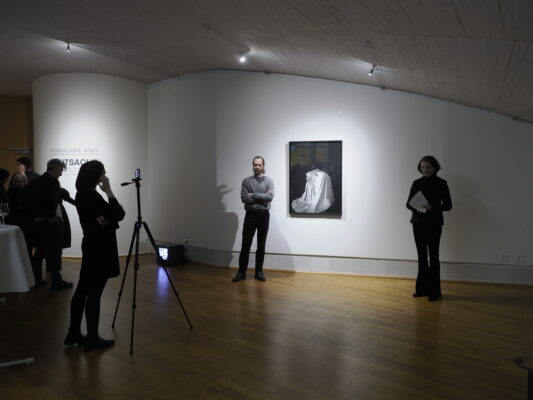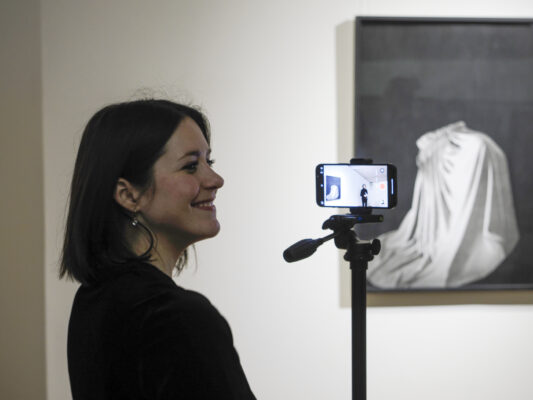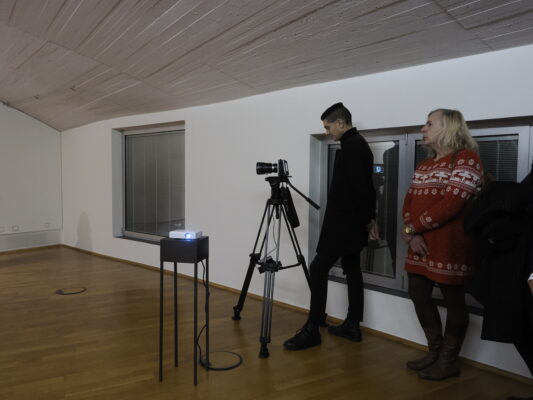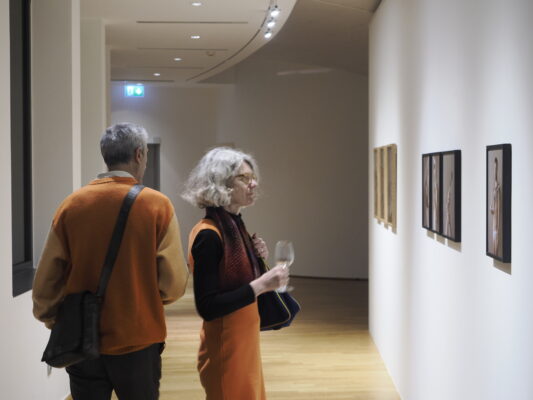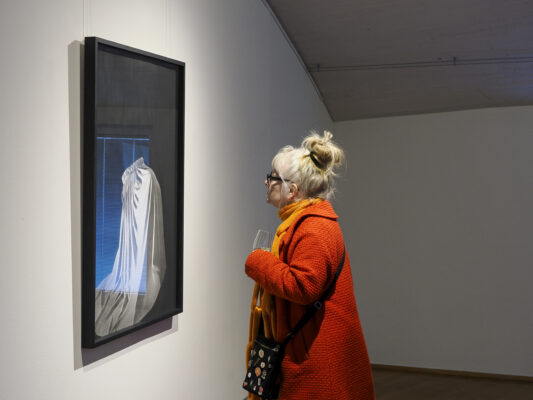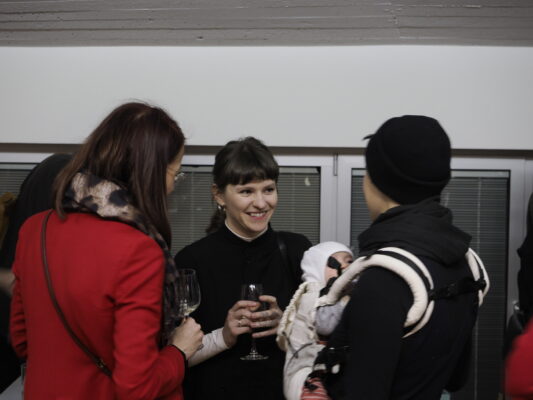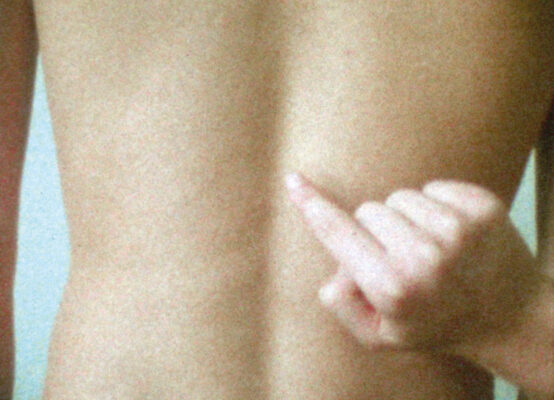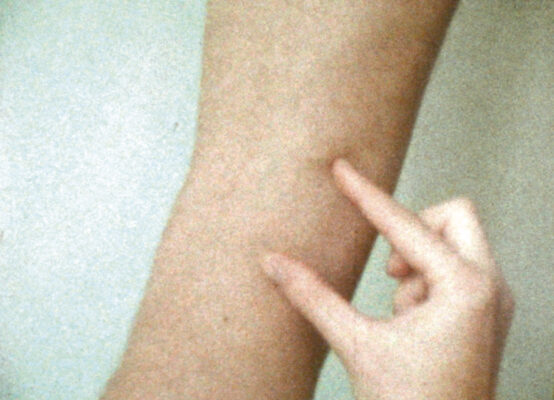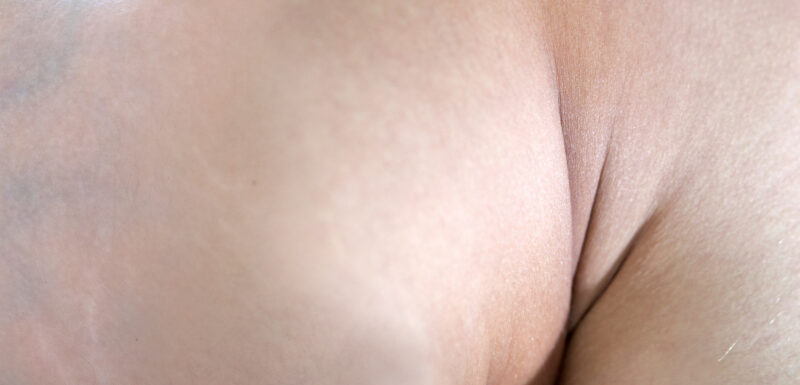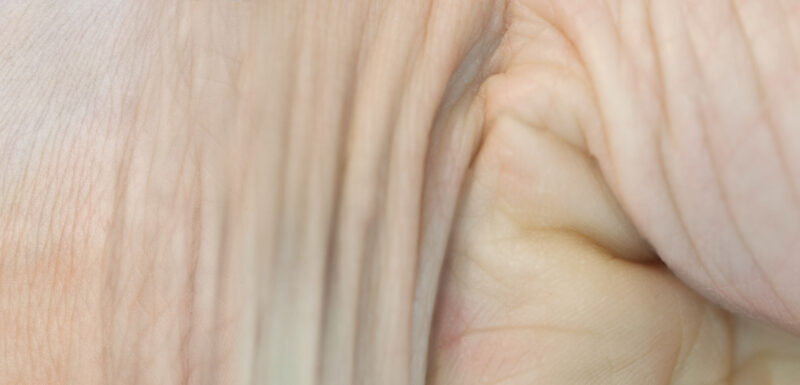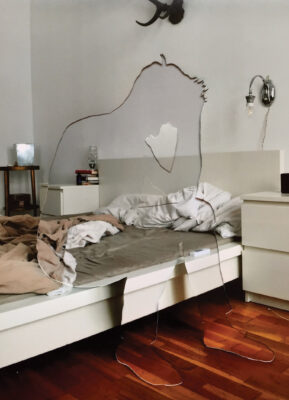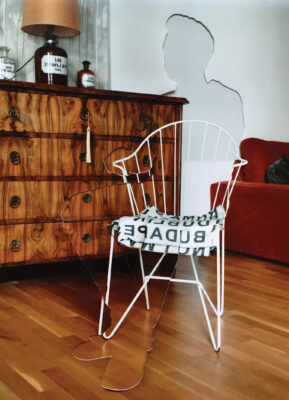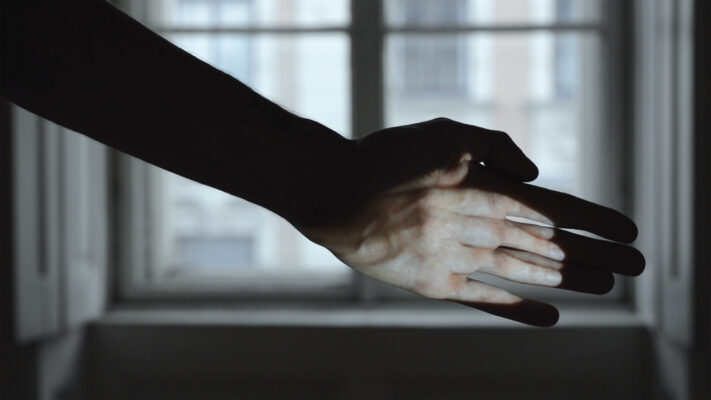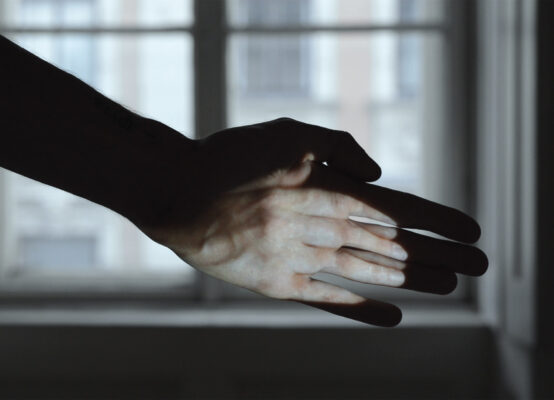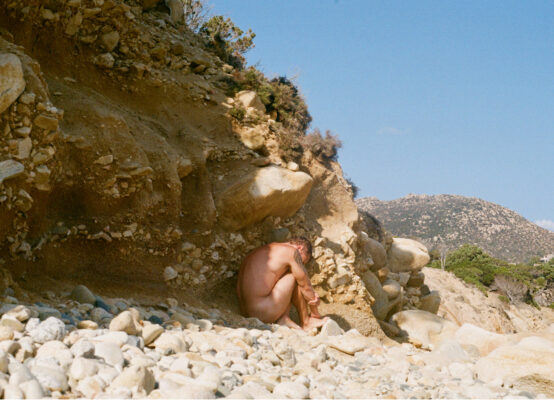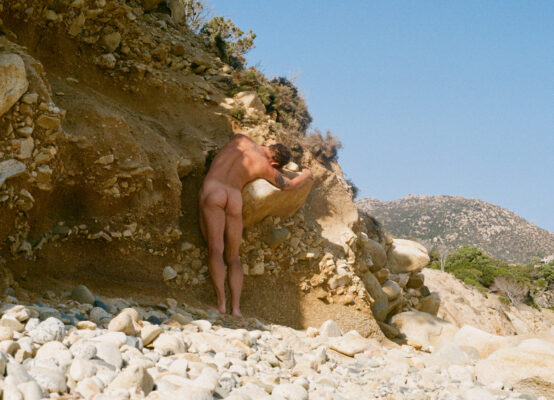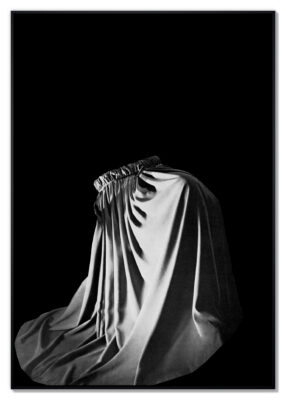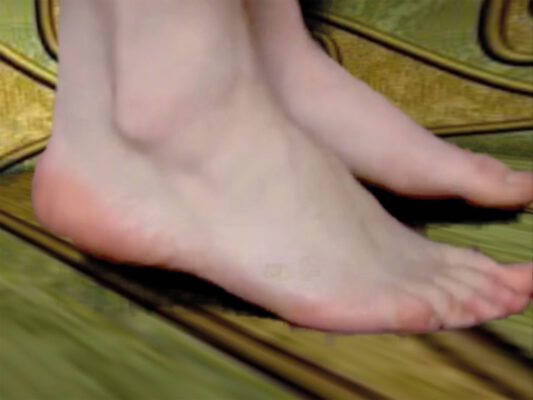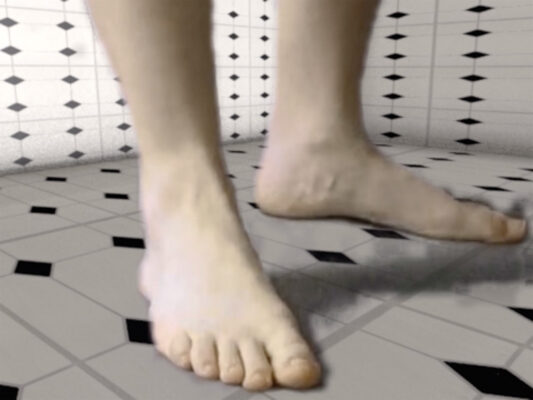FOTOGALERIE ON TOUR AT AUSTRIAN CULTURAL FORUM BERLIN
The exhibition takes place as part of EMOP, the European Month of Photography in Berlin 2023, with the theme Touch. Politics of Touch (2– 31 March 2023).
Opening: Wednesday, 1 March, 7 p.m.
Introductory words: Johan Nane Simonsen
Exhibition venue: Austrian Cultural Forum Berlin,
Stauffenbergstr. 1, 10785 Berlin
Opening hours: Monday-Friday 1–4 p.m. by appointment only: https://kulturforumberlin.at/besuch#anmeldung
The gallery is closed on Austrian and German public holidays.
Duration: 2 March-21 April 2023
Finissage and talk/concert: Petra Nachtmanova – Ten Tene (from skin to skin):
Friday, 21 April 2023 at 7 p.m..
Skin marks our borders and keeps us in shape. However, it is permeable on both sides: our contact with the outside world is through it, we breathe in and out through it and sense touch and temperature by it. And does it count also as touch when a projected image falls on the retina via the pupil? And if so, does that mean a picture is a feeling of warmth or coldness? The skin, the visible surface of a subject, can be both peeled off and captured by a camera. Even if photographs often appear two-dimensional and disembodied, the works in HAUTSACHE reveal the fine gradations, the profundity of our most superficial organ.
The FOTOGALERIE WIEN exhibition with the title, HAUTSACHE, brings together seven photographic and filmic positions. The works deal with remembered and imagined contacts, the desire for (and impossibility of) closeness and intimacy. Invited artists of various origins have all chosen Vienna as the setting for their artistic work. They deal with conflicts associated with perception and loneliness as well as gender and sexual identity. As part of the European Month of Photography in Berlin, the works are seeking reaffirmation in a dialogue with the European art photography scene.
In the video, ab tasten, by Maximiliane Leni Armann feet wander through digital space in order to capture proportions. Skin and the simulation of touch. A getting acquainted. The history of these spaces only emerges through movement, through the processes … The video work, ab tasten, shows the recalibration of digital space, negotiates the impossibility of haptic experience of virtual surfaces and structures as well as the relationship between space and perception itself … In ab tasten pictorial space is structured as an open-ended timeline without a narrative pathway, without a linearity that might be followed. (Ada Karlbauer).
In the series, Absence, Alexandra Baumgartner employs anonymous photographs and magazine cut-outs of women in everyday situations whose clothes, at the moment the photo was taken, fitted their bodies like a second skin. This conceals or reveals something. She is interested in posture and how the material is draped. On greatly enlarged prints, she uses oil paint over any background information, the person and the human behind it, so that only a single gesture remains: the folds of the clothing – the outer shell, a sculpture-like place holder for the person.
Daniel Hill is showing photographs from two series of self-portraits. The first is My Loneliness Adds Beauty to Life in which he examines feelings of contentment but also the fears evoked by loneliness. In the second, Intimation, he shows performative self-portraits that demonstrate how he sees himself, how he wishes the world saw him, or how the world might see him. This allows him to investigate his sexuality, emotions and fears. The concern is always with the relationship between his body and the social notions of masculinity and femininity, queerness and beauty.
Claudia Larcher’s video animation, Self, shows human “skin” in a close up tracking shot: pores, fine hairs, a network of blue veins shining through the delicate membrane. Subsequently the details form a whole; one thinks one is seeing the neck, armpit and upper arm. Here an interior is still suggested around which this skin stretches. But suddenly … this border between inside and out is gradually dissolved leading to a “liquefaction” of the image, in whose fuzziness pink lumps multiply and cavities “hatch” … (Claudia Slanar)
The video, To Hand. A Projection For The Palm by Olena Newkryta, that is being presented as a beamed projection, takes processes of perception – seeing and touching – as its subject by rendering the relationship between artwork and viewer, presence and absence spatially tangible. The video shows the artist’s moving hand as it tries to touch and grasp something invisible. The interaction with the projector’s beam of light creates a sensorial, even if only visual, contact between viewer and artist.
In the video, t t t touch me, by Raphael Reichl touchscreen finger movements – typing, pressing, swiping, brushing – are not carried out on a smart phone, but on the sensitive surface of bare male skin. “Reichl investigates to what extent digital penetration of all aspects of life determines the transformation of needs, communication and perception … t t t touch me becomes a haptic visual experience that makes the loss of analogue qualities in the digital age tangible in the flesh.” (Michelle Koch, Diagonale 2020)
The collage series, I’m Not Here, by Carlos Vergara consists of hand-cut, layered pigment prints from which the subjects have been cut out. Starting from the idea that by deleting information from the image we reinforce their presence, the collages are not only concerned with the semiotics of the image itself but also with a kind of existential state in which they attempt to materialise the absence of their own body.
